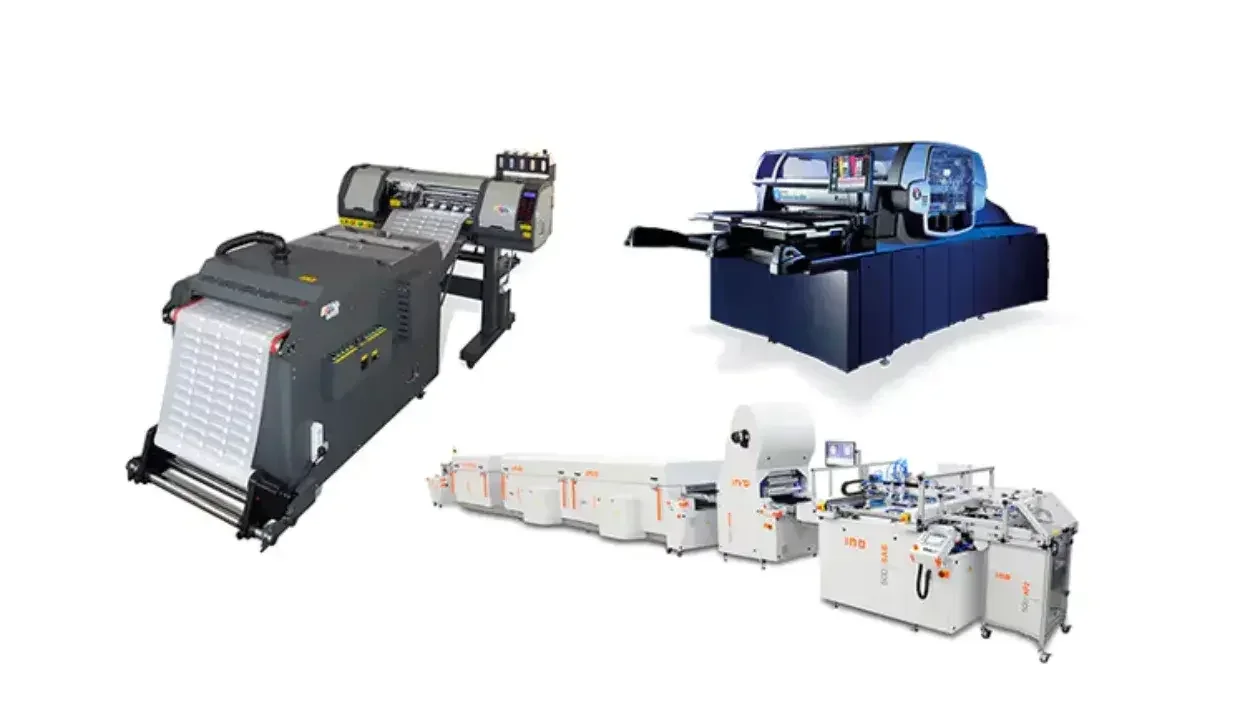Garment Printing
Screen Printing
DTG (direct-to-garment), DTF (direct-to-film) or hybrid… which is best?
Author
FESPA Staff
Published Date
28/11/2022
Become a FESPA Member
to Continue Reading
